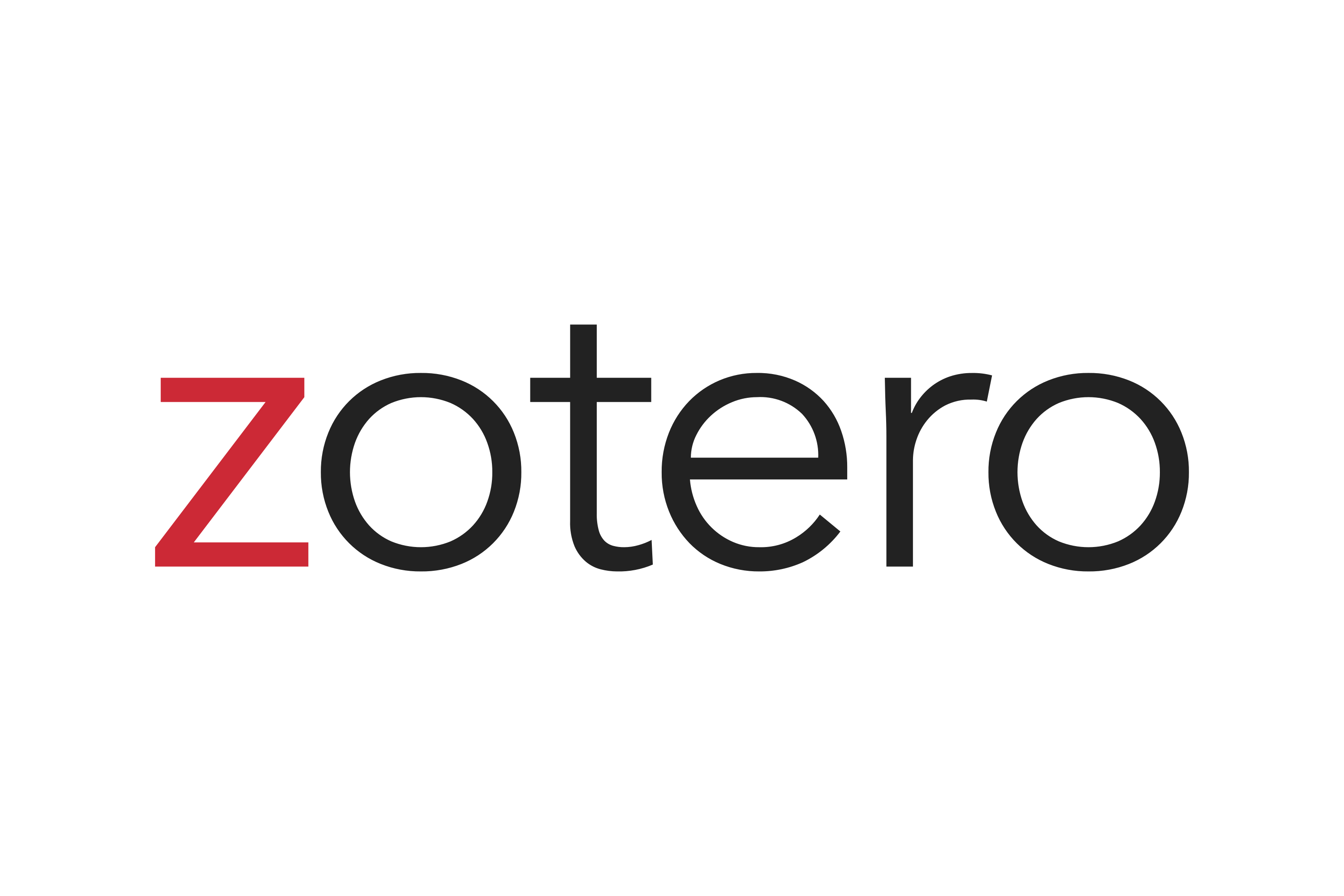Capaian Keberhasilan Asi Eksklusif di Kabupaten Pekalongan
Keywords:
ASI eksklusif, Demografi, PengetahuanAbstract
ABSTRAK
Angka kematian bayi di kabupaten pekalongan pada tahun 2015 meningkat (8.07%) dibandingkan tahun sebelumnya (7.25%). Tercatat pada tahun 2015, angka kematian bayi di kabupaten Pekalongan sejumlah 140 bayi. Sejak tahun 2001, bu telah memberikan acuan bahwa bayi sebaiknya mendapatkan ASI eksklusif selama enam bulan. Hal ini didasari hasil penelitian bahwa bayi yang mendapatkan ASI eksklusif dapat meningkatkan angka harapan hidup bayi hingga enam kali lipat. Design penelitian ini adalah descriptive dengan pendekatan retrospective cross sectional dengan pemilihan sampel dalam penelitian akan menggunakan metode accidental random sampling yang melibatkan 334 responden. Hasil penelitian menunjukkan bahwa angka keberhasilan pemberian ASI eksklusif di wilayah Kabupaten Pekalongan masih relatif rendah yaitu hanya mencapai 44.9%. Responden adalah ibu dengan rentang usia 20-35 tahun sebanyak 83.23%. Tingkat pendidikan responden adalah SMP yaitu sebesar 38.02% dan SD sebesar 35%, yang berprofesi sebagai ibu rumah tangga dengan jumlah mencapai 81.45%. Tingkat pengetahuan Ibu tentang ASI eksklusif didapat 84% memiliki pengetahuan yang baik, 15% dengan tingkatan cukup. Kesimpulan dari penelitian ini adalah ada ketimpangan antara capaian ASI eksklusif dan tingkat pengetahuan Ibu. Dapat disimpulkan bahwa tingkat pengetahuan yang baik tidak menjadi jaminan seorang ibu bersedia dan mampu memberikan ASI secara eksklusif. Selain pengetahuan ada banyak faktor lain yang mempengaruhi keberhasilan pemberian ASI eksklusif sebagaimana yang disampaikan oleh Soekarjo, D. & Zehner, E. (2011) yang menyebutkan bahwa dukungan relawan ASI Eksklusif yang secara berkesinambungan mendampingi Ibu sebelum proses persalinan hingga masa menyusui terbukti signifikan untuk meningkatkan keberhasilan pemberian ASI eksklusif.
Kata kunci: ASI eksklusif, Demografi, Pengetahuan.
ABSTRACT
Exclusive breastfeeding as one of WHO recommendation in the effort of alleviating the infant mortality rate and improving the child’s health status is actually has been being promoted accross the country. One of the area with low exclusive breastfeeding achievement is Pekalongan Regency. Purpose of thi study to identify the level of achievement of exclusive breastfeeding and mother’s motivation in giving exclusive breastfeeding. Cross sectional retrospective with accidental sampling technique was done and descriptive statystical analysis was for this study. This study reported 334 mothers of children aged 6-24 months participated in this study, 81.45% were housewives and only 44.9% had successfully completed 6 months exclusive breastfeeding. Mothers were aged 20-35 years old covered 83.23% of the total participants. The highest number of the education level were Junior High School with 38.02%. The mothers’ motivation in giving exclusive breasfeeding was categorized as “highly motivated” represented by 288 or 86%. Conclusion of the study revealed that Pekalongan Regency has a long way to reach the high coverage of exclusive breastfeeding with only 44.9% mothers of the engaged participants. Junior and Senior High school level of education dominated the participants aged 20-35 years old. The study revealed a low completion of exclusive breastfeeding, however the mothers were highly motivated in giving exclusive breastfeeding.
Keywords: exclusive breastfeeding, demographycal data, knowledge
References
Bahiyatun. (2009). Buku ajar asuhan kebidanan nifas normal. Jakarta. EGC.
Bulletin of the World Health Organization.(2014). Indonesia’s breastfeeding challenge is echoed the world over. Volume 92, Number 4, 229-308
Burns, J., Emerson, JA., amundson, K., Doocy, S., Caulfield, L. & Klemm, RDW. (2016). A qualitative analysis of barriers and facilitators of optimal breastfeeding & complementary feeding, Practices in South Kivu, Democratic Republic of Kongo. Food and Nutrition Bulletin. Sage Publication. 37(2).119-131.
Dibley, M., Senarath, U., & Agho, KE. (2010). Infants & young child feeding indicators across nine east and southeast Asian countries: an analysis of National Survey Data 2000-2005. Public Health Nutrition Journal, 13(9).1296-1303.
Egata, G., Bernahe, Y. & Worku, A. (2013). Predictors of non-eksclusive breastfeeding at 6 months among rural mothers in east Ethiopia: a community-based analytical cross-sectional study. International Breastfeeding Journal. 8(8).
Lanteera, S., Polkki, T., Ekstrom, A. & Pietila, AM. (2010). Breastfeeding attitude of Finnish parents during pregnancy. BioMed Central Pregnancy & Childbirth, 1471-2393/10/79.
Mahmoud, SE., Srivastava, A., Shrotriya, VP &Mishra,P. (2017). Infant feeding practice in the rural population of North India. Journal of Family and Community Medicine. 19(2).130-135.
Mulyawati I, Mahalul A, Dina NAN, 2011. Faktor tindakan Secsio Cesaria. Jurusan Ilmu Kesehatan Masyarakat fakultas Ilmu Keolahragaan, Universitas Negeri Semarang. Jurnal Kesehatan Masyarakat.
Notoatmodjo,S. 2007. Promosi Kesehatan dan Ilmu Perilaku. Jakarta: Rineka Cipta.
Qureshi, AM., Oche, M., Sadiq, UA. & Kabiru, S. (2011). Using community volunteer to promote exclusive breastfeeding in Sokoto State, Nigeria. Pan African Medical Journal, 1937-8688/10.8
Soekarjo, D. & Zehner, E. (2011). Legislaation should support optimal breastfeeding practice and access to low-cost, high-quality complementary food: Indonesian provides a case study. Maternal & Chil Nutrition Journal. 7(3).112-122.DOI: 10.1111/J.1740-8709.2011.00354.x
Suhardjo. (2007). Pemberian makanan pada bayi dan anak. Yogyakarta. Kanisius.
Sunar, PD. (2012). Buku pintar ASI eksklusif, praktik dan kemanfaat-kemanfaatannya. Yogyakarta. DivaPress.
Victor, R., Baines, SK., Agho, KE. & Dibley, MJ. (2013). Determinant of breastfeeding indicators among children less than 24 months of age in Tanzania Demographic and health survey. BMJ Open. E001529.doi:10.1136.



.png)
.png)



